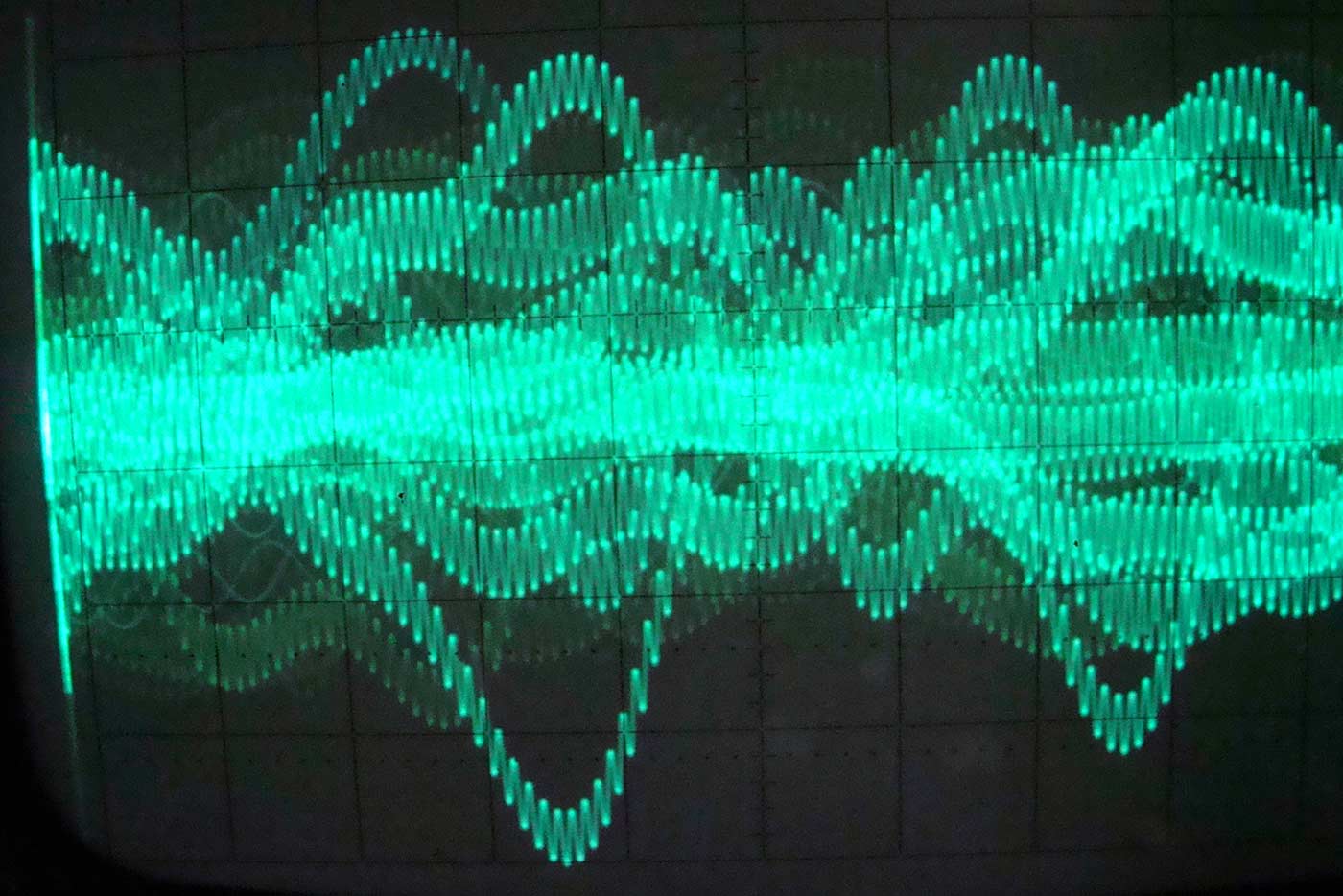Cameron Turner on the sound of data
The O’Reilly Hardware Podcast: Measuring and interpreting audio data.
 Oscilli AC hum on sound leak. (source: By Rippey574 on Wikimedia Commons)
Oscilli AC hum on sound leak. (source: By Rippey574 on Wikimedia Commons)
How can sound be used to both generate data and express data? In this episode of the Hardware podcast, we talk with Cameron Turner, co-founder and principal at The Data Guild. Turner is the author of the new O’Reilly report “Finding Profit in Your Organization’s Data: Examples and Best Practices.”
Turner focuses on finding value in data exhaust—data that’s collected without a particular intention. Sound data is a great example of this kind of exhaust; many monitoring systems have microphones, but the data coming from those microphones tends not to get analyzed. With a little processing and machine learning, that audio data can tell useful stories.
During the interview, Turner plays three sound clips for us:
- Audio from a data center that demonstrates data sonification, like a visualization but in sound. A sonification like this could be used to transmit alerts and manage data overload.
- A trackside recording of a Caltrain commuter train, used to analyze neighborhood noise levels and compliance with railroad horn-signalling requirements.
- Sound from an air-conditioning chiller on the verge of “surging,” or overloading. By analyzing these sounds, Turner was able to establish optimal operating conditions for individual chillers in a large installation.
For more on data exhaust, download Cameron Turner’s free report, “Finding Profit in Your Organization’s Data: Examples and Best Practices.”
